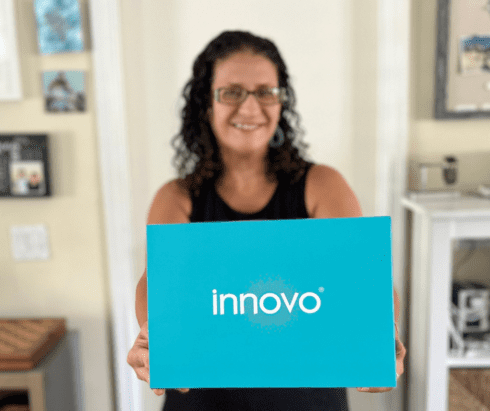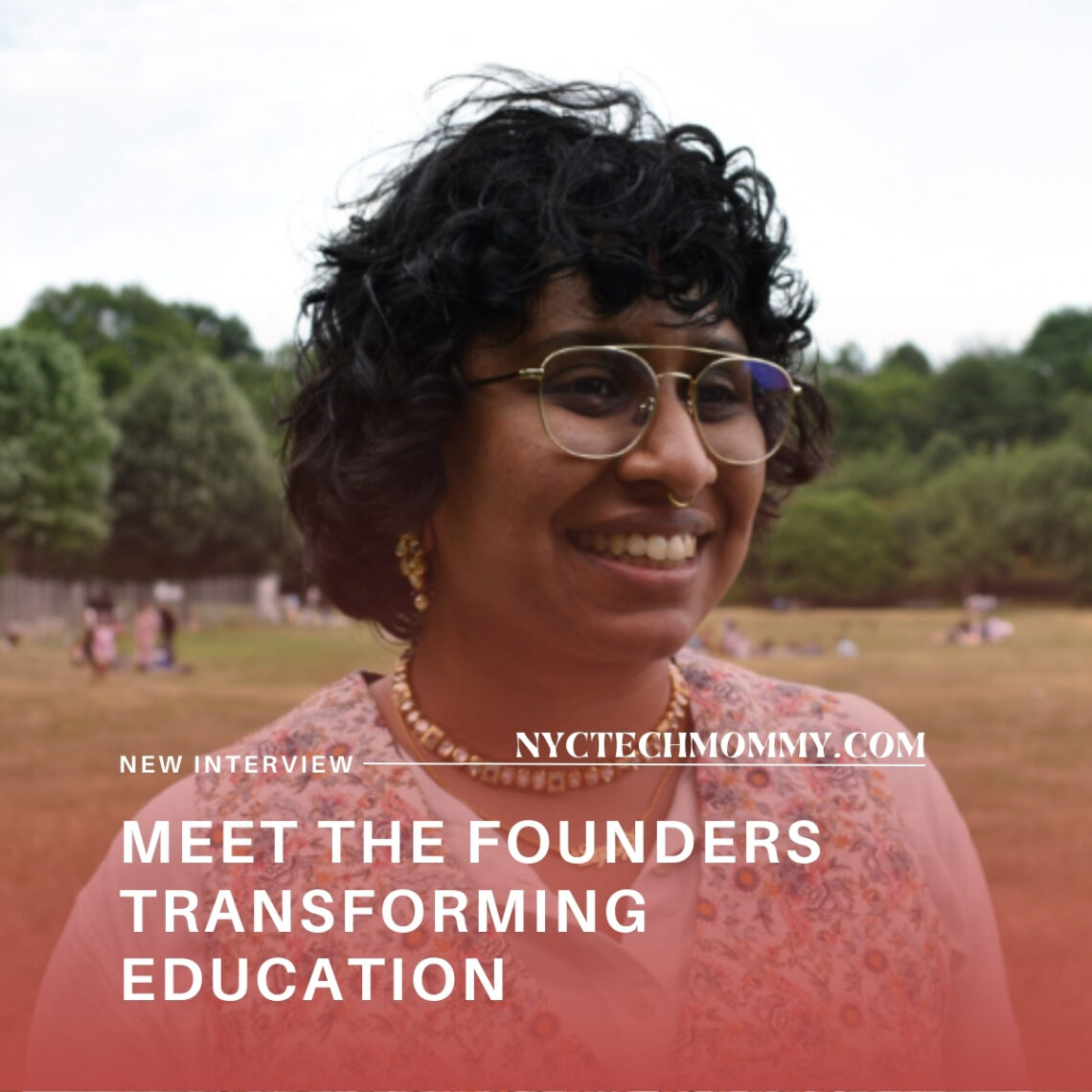
Meet the Founder: Pragathi Balasubramanian, Co-Founder of iris
Today we’re sharing a new Meet the Founder interview. Get ready to meet Pragathi Balasubramanian, Director of Product Development and Co-Founder of iris (I’m Represented in Schools), a computer scientist, product manager, UX designer, and a passionate advocate for migrant student empowerment. Through our Meet the Founder blog series, each week we spotlight inspiring education pioneers who are shaping the future of learning. Weekly, we’ll share insights and real stories of educational entrepreneurs shaping the new education revolution.
I first met Pragathi through the 4.0 Tiny Fellowship. If you’re a regular here, you may be following my founder journey here. Pragathi and I got to work together as part of the same Tiny cohort. It’s been incredible to follow their journey and watch their vision grow. I’m proud of Pragathi (and their wonderful team at iris) and I’m so happy to call them a friend.
Pragathi is dedicated to community-driven design. They have a decade of experience in tech and a passion for socially conscious solutions. Pragathi’s background is diverse, drawing from their experiences living in India, Thailand, Malaysia, and the US. Throughout their career in tech, Pragathi has honed a unique perspective that they’re now bringing to iris, with a mission to transform the learning experience for migrant students.
Visit the iris website to transform classroom engagement through connection and read on to learn more.
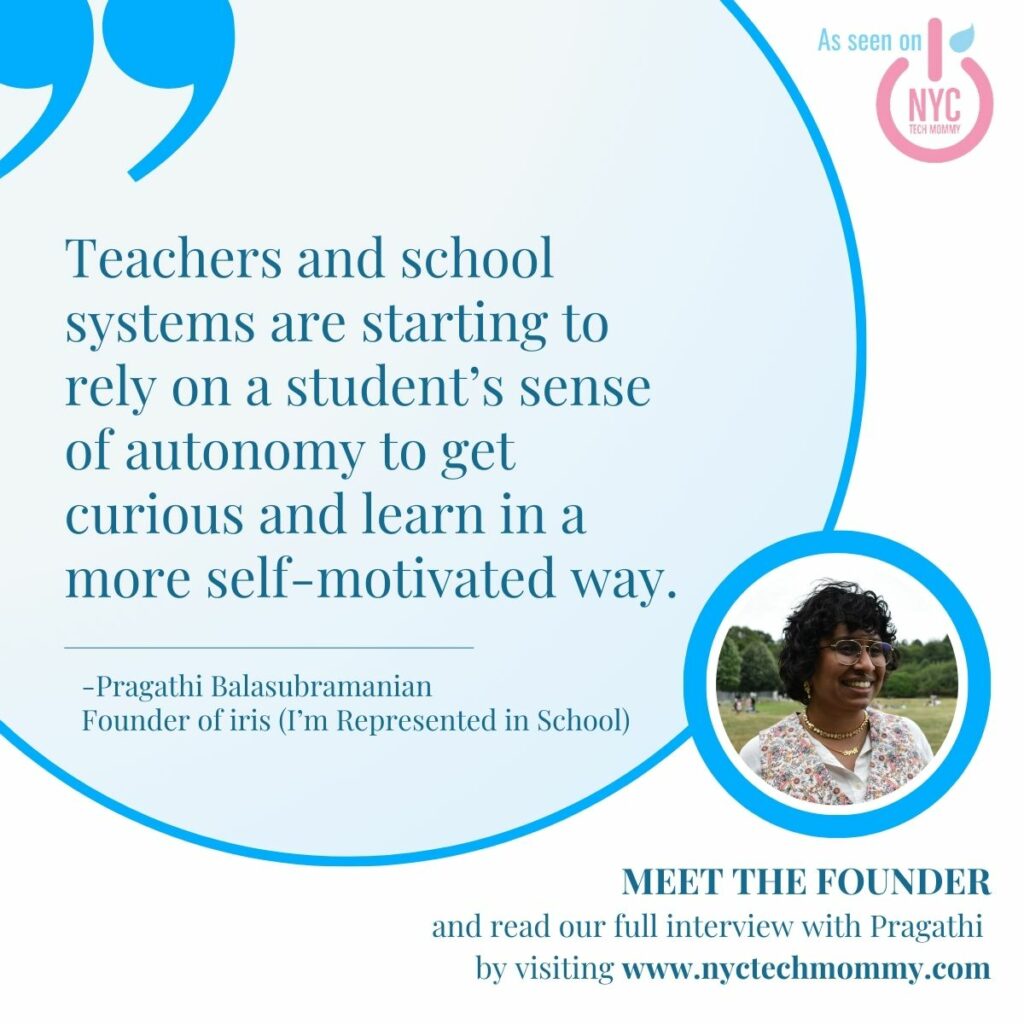
Tell us about iris. What is iris?
I’m Represented in School (iris) helps teachers connect with their students through self-identity-building work with a particular focus on immigrant students.
What personal experience or observation sparked your idea for iris?
I was an immigrant student and have been through three different education systems so I have many memories about what it’s like as a student when my teachers didn’t know where I was coming from. I struggled with identity formation as a child and I still do because of my multicultural background.
When I talked to over two dozen teachers about their experiences getting to know their students, they mentioned how they try their best to connect with them at the beginning of the year but it falls by the wayside once the curriculum takes over. I don’t say this to say that this is anyone’s fault, it’s just a product of the system the way it is.
What does seem to be a common problem in education is that while teachers are trained in the curriculum and sometimes pedagogy, they are not nearly as robustly supported when it comes to a child’s identity and emotional development.
In particular, there is limited support when it comes to scaffolding identity work. This is crucial for immigrant students because they’re navigating a new country, social structure, culture and on top of it, they’re also being asked to navigate a new educational system. This can get overwhelming quickly. Teachers aren’t going to get a good idea of that student’s identity by asking about their favorite color or what they want to be when they grow up. Over time, teachers end up making up for this by spending more time with the students they want to get to know better because they don’t have an easy set of prompts within reach to delve a little deeper into a student’s identity.
In what ways is iris disrupting the traditional education model?
We’re on the cutting edge of the shift from deficit-based education to asset-based education, where teachers and school systems are starting to rely on a student’s sense of autonomy to get curious and learn in a more self-motivated way. Part of this is helping students feel a sense of grounding in their lessons by helping teachers notice what a student may already know.
For example, if there’s a student in class who is very interested in iguanas, the teacher could easily ask them to present what they know about it during science class. This showcases to the child that their inherent curiosity in the topic is directly connected to their school experience while also modeling to their peers that their innate curiosities matter.
What specific challenges do you see educators facing today, and how does iris address them?
The number of diverse identities in the US classroom has grown over the years and it has become more and more difficult for educators to keep track of them. This is to be expected. Humans embody a variety of identities within themselves, for example, being a woman, daughter, sister, cousin, 2nd-grade teacher, Latin-American, botanist, and so on. This is just one adult’s set of identities. The same is true for the students and they’re still in the process of developing theirs. Imagine the list multiplied by twenty or thirty times, it suddenly becomes very difficult to keep track of all the students’ identities in a classroom and appropriately enact the right culturally responsive teaching practices. This is where we believe iris can come in and help synthesize this information for teachers.
What will success look like for iris in five years?
Success looks like all students in a classroom having an equitable chance at belonging and being seen by their peers and teachers. In five years, we hope to be in over a thousand classrooms across hundreds of schools. We hope to see increases in various measures of student engagement and belonging, resulting from serious efforts at engaging the diversity of classrooms and students’ identities. We hope to see an uptick in metrics related to classroom engagement in a way that is unaffected by classroom diversity.
What exciting innovation or development can we expect to see from iris in the near future?
We are super excited to announce that we are running the first program of our Educator Learning Collective this summer from July through August across 4 virtual sessions. During this program, teachers will learn about the history of culturally responsive teaching and asset-based learning in a way that they can directly apply to their classrooms this upcoming school year. While the sessions are already in progress, we still welcome registrations to attend the remaining sessions by registering here.
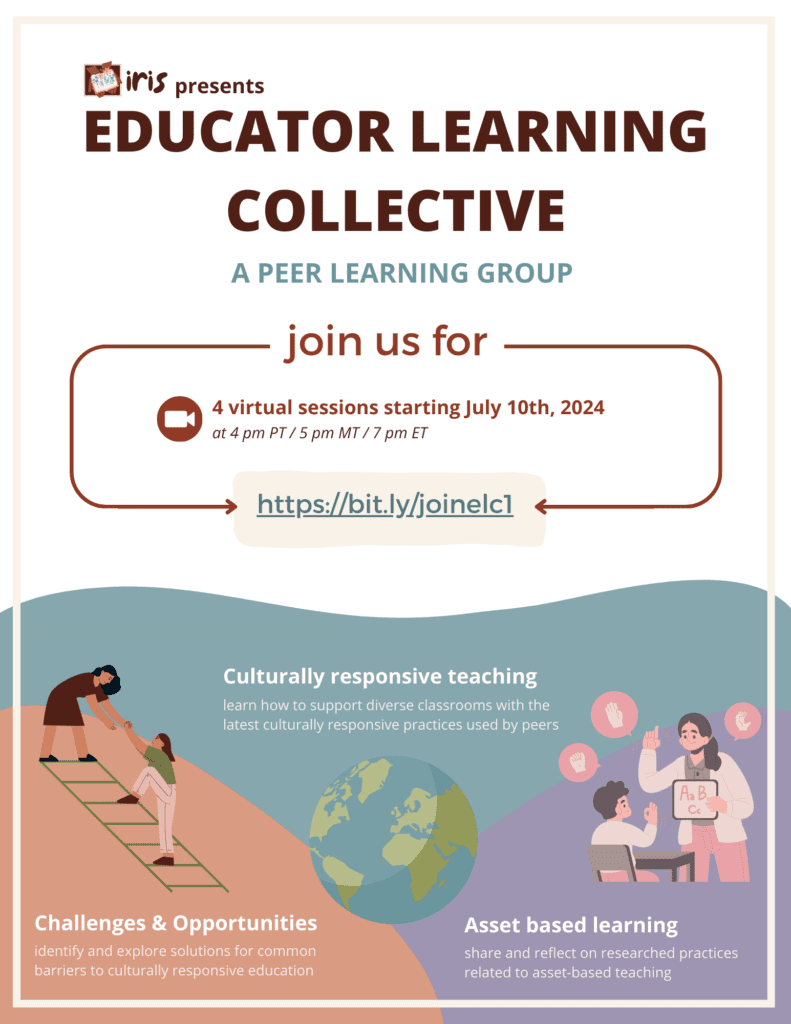
We are also beginning to recruit participants for our fall pilot! Teachers interested in participating can sign up through our link here. Perks of the iris pilot include ready-to-use worksheets and google forms that teachers can use for identity work with their students. Iris will summarize this information for them on a simple dashboard that teachers can then reference throughout the school year as they plan and design their lessons. We also offer student enjoyment surveys that teachers can administer to learn what their students enjoyed about their time in the classroom. Iris synthesizes the responses for them, so all they have to do is assign the worksheets, collect them and send them back!
What features in iris did you design to uplift and empower a community of learners —- girls, women, educators, students, parents, families, underserved communities, etc.
The iris mission is about centering the voice of learners in their learning environment and empowering them to voice their learning needs.
The first half of this is building the trust bridge between the student and their educator through identity-building exercises in the form of Get-To-Know-You (GTKY) worksheets passed out in the beginning of the year. One of the ways teachers have access to their students’ trust is by showing that their students’ responses matter to them and do affect their learning environment by repeated and consistent referencing of their students’ responses.
This can be a cumbersome process for the teacher if they have to reference each student’s individual worksheet to remind themselves of a student’s response. With iris, the responses are efficiently synthesized so teachers can quickly reference them for lessons.
Before iris: worksheets that teachers have to manually flip through
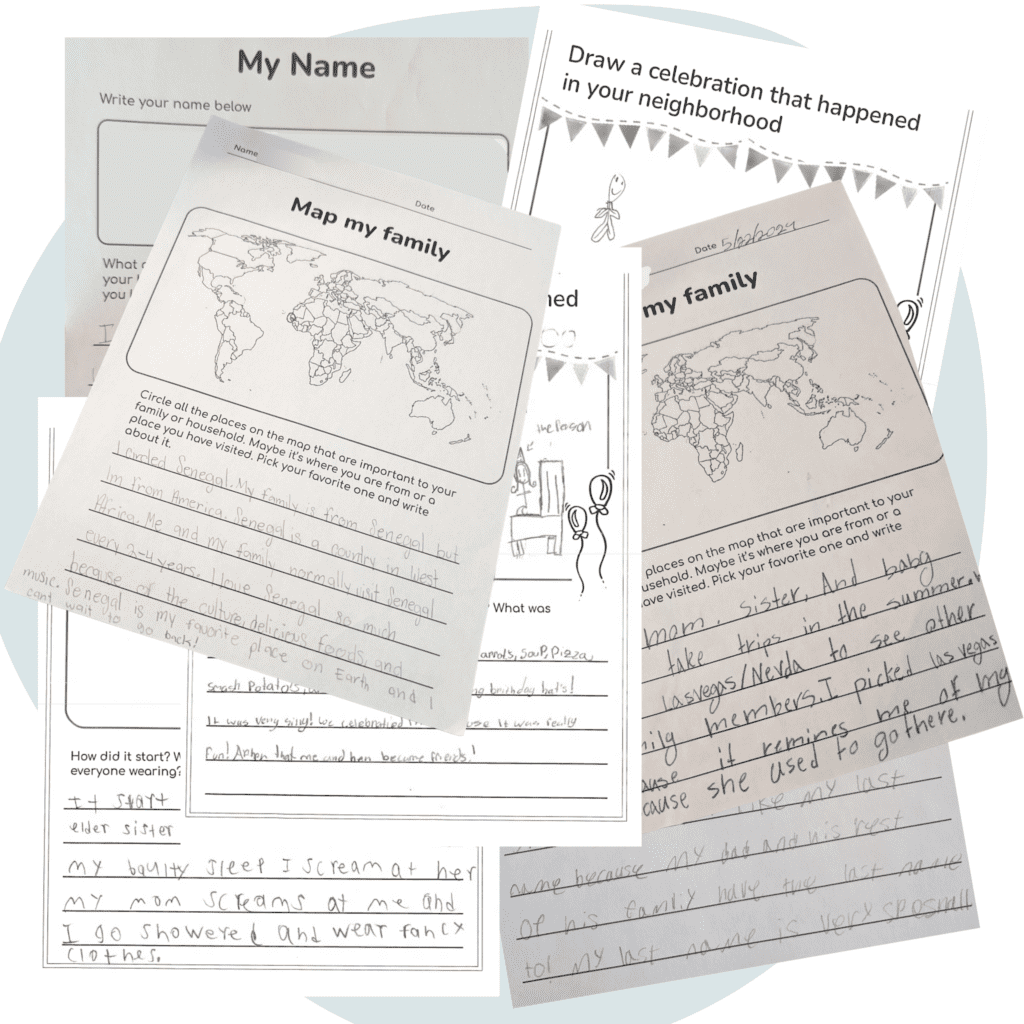
With iris: synthesized information that teachers can immediately put to use
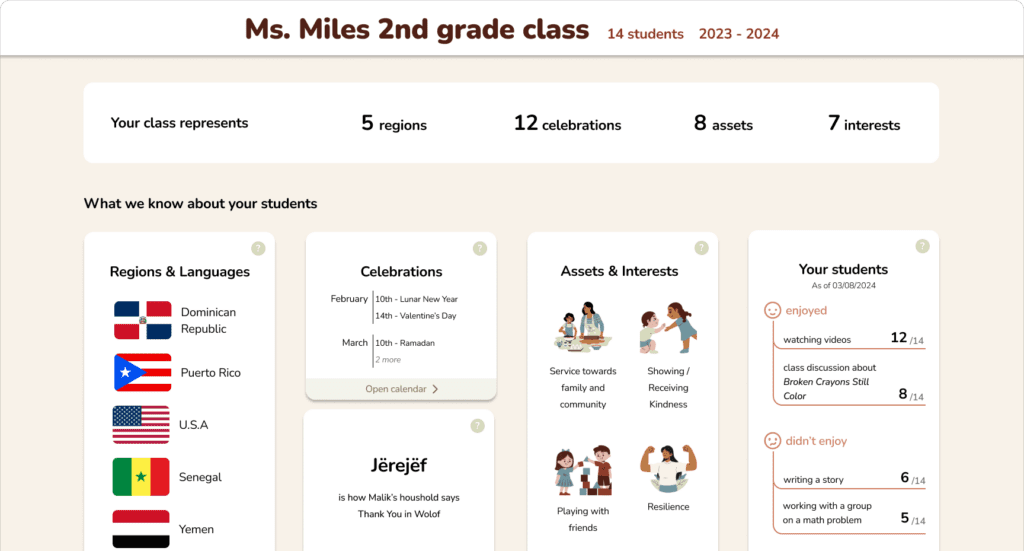
In addition to building trust through identity, educators can also pass out student enjoyment surveys where students have the opportunity to mark activities they enjoyed this week. As with the GTKY worksheets, student responses are summarized and shared with the teacher succinctly so they can use them when planning their next week’s lessons.
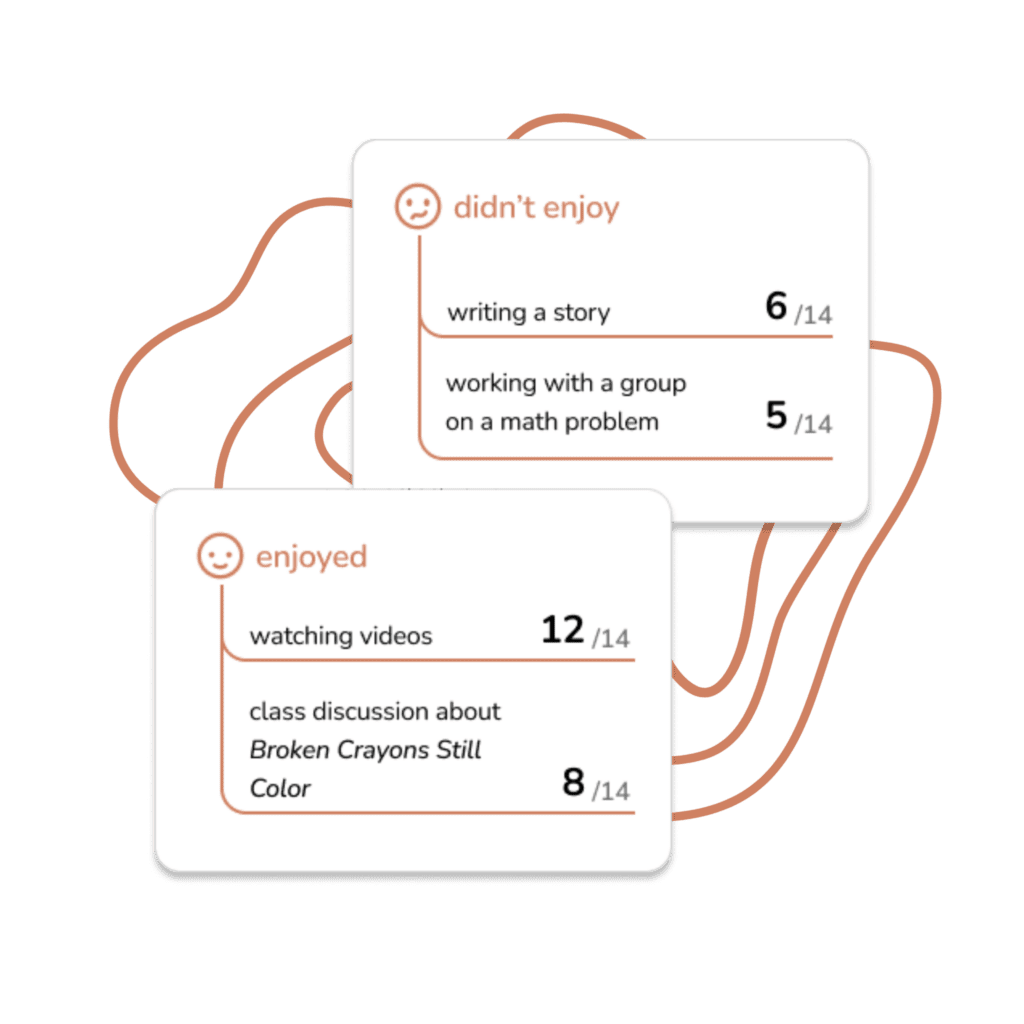
What do you hope for the next generation of girls and women in technology?
I do think some of this hope has already been answered in reality which makes it an incredibly exciting time to live through. I see gender diverse folks, including girls and women being at the helm of creating community-centered technology. When you look at the biggest uses for technology today, it tends to be advertising space, entertainment or novelty sold as a convenience, think of it as Instagram, Netflix, videogames, and the latest iPhone models respectively. The wave of technology which has been a long time coming in my opinion, is tech that builds stronger and more resilient communities, tech that helps people see each other and uplift each other in a holistic sense, tech that empowers people to see themselves as the directors of their own lives. We hope that with iris, we’re helping that vision move along even if it’s a small step.
To learn more about how to transform classroom engagement through connection, visit their website at sayiris.org.
Thank you Pragathi for sharing your wonderful insights with us today. It’s been my pleasure sharing your story here on the NYCTechMommy blog. I can’t wait to continue sharing other inspiring stories as we continue our weekly Meet the Founder series. Learn on!
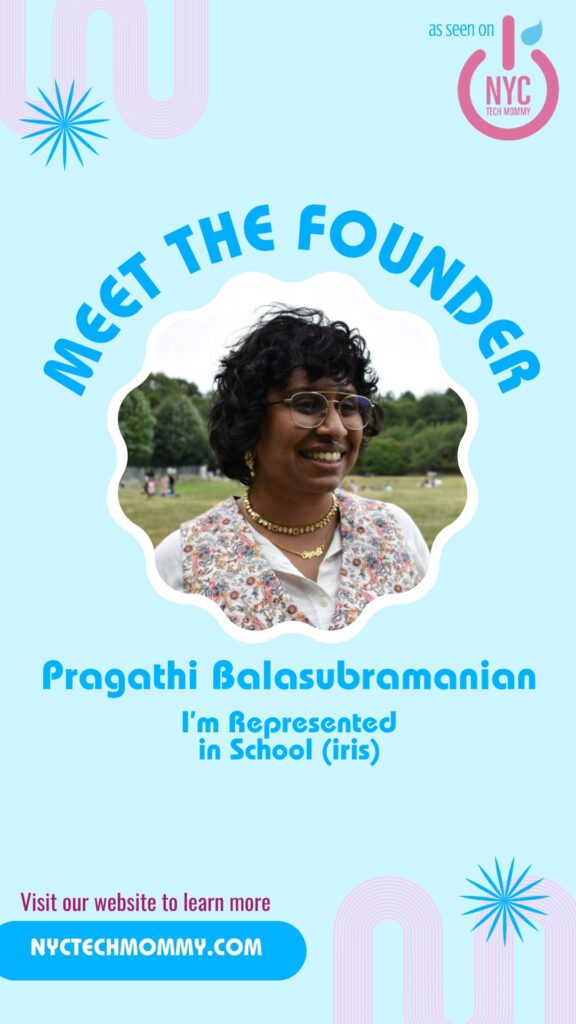
You May Also Like

Last Minute Gifts for Kids – Holiday Book Gift Guide
December 20, 2021
How to Keep the Learning Going: From the Classroom to Your Home
September 28, 2020
